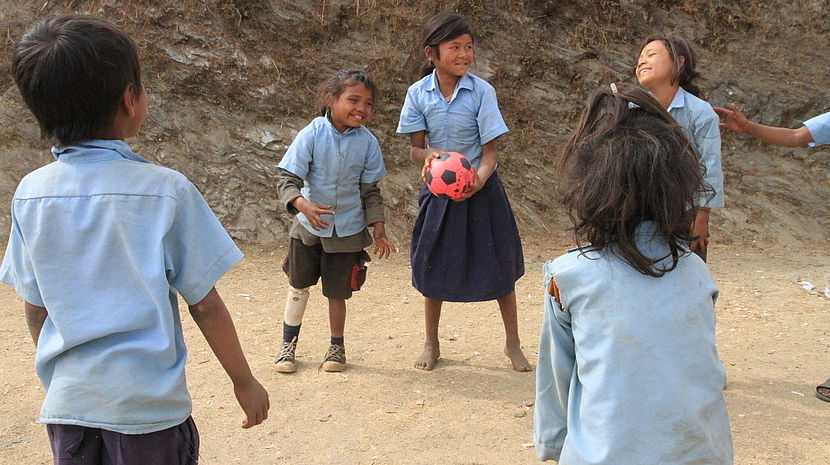Silent Tears exhibition, the story untold - The intersection of gender and disability

CBM co-hosted a side-event with Handicap International’s Making It Work Initiative on Gender and Disability.
Side event on Gender and Disability
In April, CBM co-hosted a side-event during the 15th session of the Committee on the Convention on the Rights of Persons with Disabilities (CRPD) with Handicap International’s Making It Work Initiative on Gender and Disability. The event, moderated by Diane Kingston, Vice-Chair of the CRPD Expert Committee and Deputy Director of CBM’s International Advocacy and Alliances show-cased the Silent Tears multimedia exhibition by Belinda Mason and included a panel discussion on why development needs to recognize the intersection of gender and disability equality.
The debate was opened by Belinda Mason who explained the history of this project and highlighted how Silent Tears gives the opportunity to tell how women with disabilities feel facing violence. Denise Beckwith, one of the emerging artists from Silent Tears, discussed how the project highlights issues that are not included in mainstream conversations by revealing the untold experiences of women with disabilities. Luisa Fenu from Handicap International followed Belinda and Denise’s input and shared the experience of country level advocates who contributed to the Making it Work Initiative on gender and disability. She highlighted the importance of guaranteeing the meaningful participation of women and girls with disabilities in policy and decision-making while trickling down resources to allow organisations of women and girls with disabilities and women organisations to carry on their work at local and country level.
CBM contribution
Mary Keogh, CBM International’s Senior Advisor on Disability and Gender Equality, concluded the event by highlighting the importance of incorporating gender equality in disability-inclusive development. She highlighted that applying a gender lens to disability inclusive development work can increase awareness about how development programmes and projects can impact women, men, girls and boys with disabilities differently. If looking through this lens, it can mean from a programmatic or project level that steps can be taken to ensure programmes and projects can accommodate these differences and it can also identify where specific supports/focus might be required. For example, women with disabilities may require a women’s only group to discuss certain issues.
Way forward
Mary went on to highlight the importance for gender policies and programmes to become disability-sensitive and for disability policies and programmes to become gender-sensitive. She offered the following four steps as a possible way forward to:
- Ensure mainstream, gender specific and disability specific development policies and programmes are cognizant of women, men, girls and boys with disabilities. It is a two-way street, disability policies and programmes should not ignore gender aspects and equally gender policies and programmes should be inclusive of disability aspects.
- Create a strong global voice of women with disabilities. The voices of women with disabilities are beginning to be heard through initiatives such as Making it Work and Women Enabled, but more needs to be done.
- Develop joint disability and gender advocacy alliances. The gender and disability movement have a number of key issues common to both, combined advocacy on areas such as government support to independent living and care would be beneficial to both.
- Support efforts to develop leadership for women with disabilities. Women with disabilities have generally had less access to leadership opportunities and only a small number of women with disabilities currently have leaderships positions in development organisations and NGOs.
Finally, Mary reminded the committee of the importance of the inclusion of women and girls with disabilities in the Sustainable Development Goals (SDGs), and in particular its goal 5 on achieving gender equality and empowering all women and girls, and how governments could use Article 6 of the CRPD on women with disabilities for guidance.
Women and girls with disabilities have much to contribute
Rosangela Berman-Bieler section speaks about opportunities and challenges in progressing human rights of women and girls with disabilities
Read more